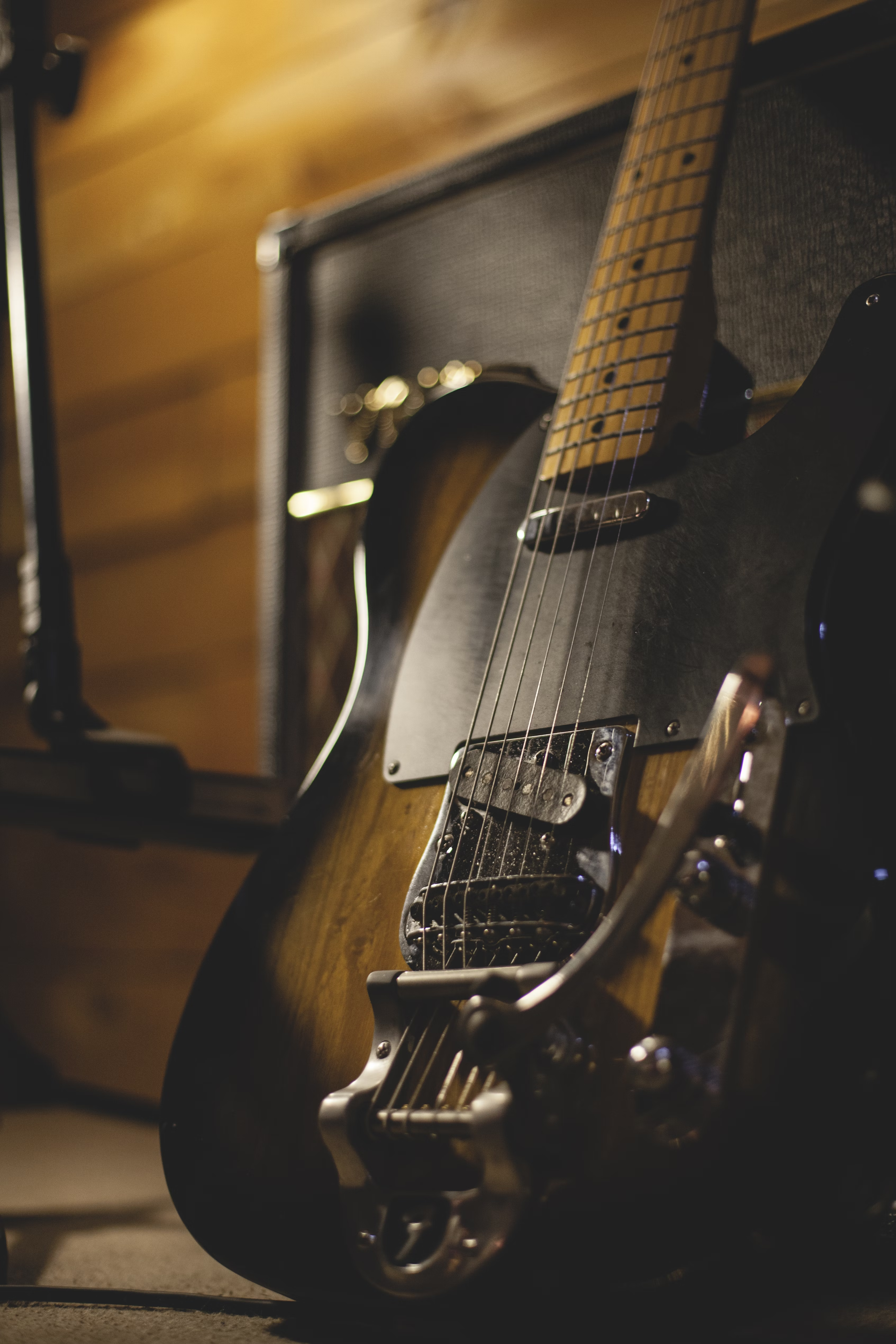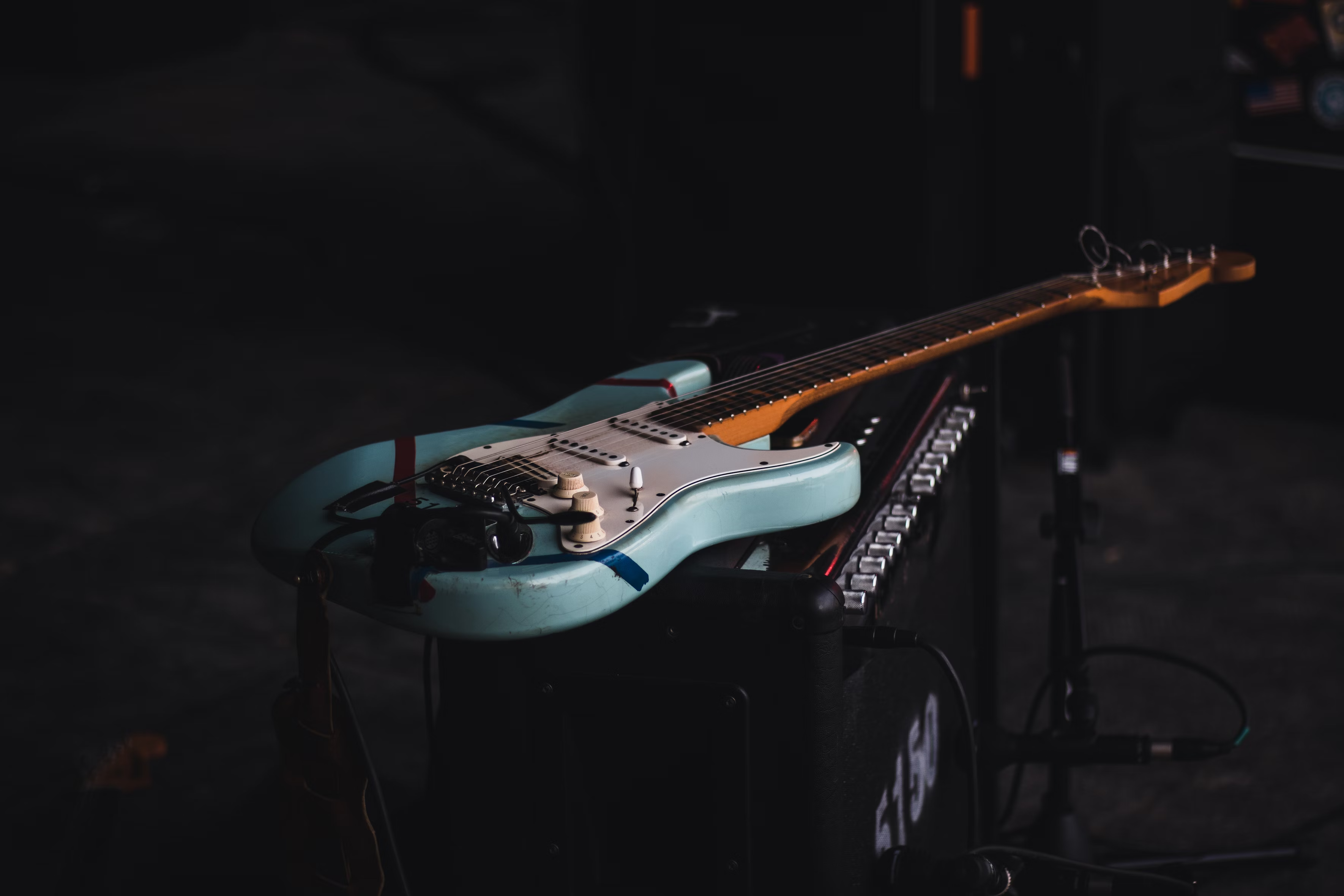
Welcome to Guitar Chordster!

What is Music Theory?
Music theory is the study of the building blocks of music: notes, scales, intervals, chords, rhythm, and harmony. Understanding music theory helps you make sense of what you play, write your own music, and communicate with other musicians.
Notes and the Musical Alphabet
There are 12 unique notes in Western music: C, C#, D, D#, E, F, F#, G, G#, A, A#, and B. These repeat in higher and lower pitches called octaves. On the guitar, each fret raises the pitch by one note (a half step).
Scales: The Foundation of Melody
A scale is a sequence of notes played in order. The most common is the major scale (e.g., C D E F G A B C) and the minor scale (e.g., A B C D E F G A). Scales are the basis for melodies, solos, and improvisation.
Try our Scale Builder Tool to see and hear scales on the guitar fretboard.
Intervals: The Distance Between Notes
An interval is the distance between two notes. Common intervals include the 2nd, 3rd, 4th, 5th, 6th, 7th, and octave. Intervals are the building blocks of chords and melodies.
Chords: Building Harmony
A chord is a group of notes played together. The most basic chords are triads (three notes): the root, the 3rd, and the 5th. Major chords sound happy, minor chords sound sad. There are also 7th chords, suspended chords, and many more.
Use our Chord Builder Tool to explore and visualize any guitar chord shape.
The Circle of Fifths
The Circle of Fifths is a visual tool that shows the relationship between keys, scales, and chords. It helps you understand key signatures, chord progressions, and how music moves from one key to another.
How to Read Guitar Chord Diagrams
Chord diagrams show you where to place your fingers on the fretboard. The vertical lines are strings, the horizontal lines are frets. Dots show where to press, and numbers may indicate which finger to use.
How to Use Guitar Chordster's Tools
- Chord Builder: Instantly visualize and build any guitar chord. See finger positions, note names, and chord formulas.
- Scale Builder: Explore major and minor scales on the fretboard. Great for learning solos and improvisation.
- Tuner: Tune your guitar with our accurate online tuner.
- Metronome: Practice your timing and rhythm with a customizable metronome.
Beginner Guitar Tips
- Practice regularly, even if only for 10-15 minutes a day.
- Start slow and focus on accuracy before speed.
- Use a metronome to develop your sense of timing.
- Learn to read chord diagrams and tablature.
- Experiment with different chords and scales to expand your musical vocabulary.
Frequently Asked Questions
Q: Do I need to learn music theory to play guitar?A: No, but it will help you progress faster and understand what you're playing.
Q: What's the best way to memorize chords?A: Practice switching between chords in songs you enjoy. Repetition is key!
Q: How do I tune my guitar?A: Use our online tuner for easy, accurate tuning.
Explore More
Check out our About Us page to learn more about Guitar Chordster's mission, or contact us with your questions and suggestions.